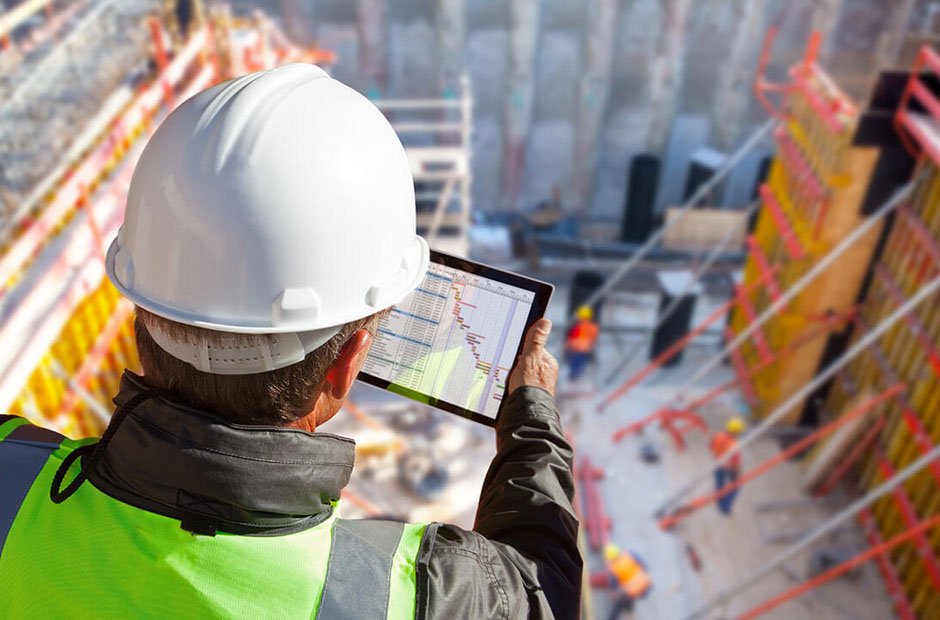IoT represents a major shift in our relationship with technology — this transformation is tangible across industries, including construction. By incorporating intelligent devices into construction processes, we’re witnessing improvements in safety, efficiency and innovation.
Adopting IoT in construction is more than a fad; it’s an investment in its future. It’s an exciting time to witness how IoT construction is shaping and will continue to shape this industry’s development.
For more comprehensive insights on the integration and benefits of IoT in the construction sector, head over to this detailed article on IoT Construction to hear from Trackunit, a leading fleet management software company in the industry.
Table of Contents
What is the Internet of Things?
The Internet of Things is an interconnected network of physical objects — like vehicles and machinery — equipped with sensors, software and network connectivity, enabling them to exchange necessary data.
Devices and objects
IoT involves everyday objects like thermostats, refrigerators, watches, and even entire buildings. These are not ‘smart’ in themselves — but the addition of sensors and connectivity imbues them with intelligence.
Sensors
Sensors are at the core of IoT. Collecting environmental data like temperature, light intensity and motion measurements and turning them into signals that can then be processed and analyzed. There are various kinds of sensors designed to measure different types of data.
Connectivity
IoT devices connect with each other and the internet through various networks; these could range from an office’s Wi-Fi network to larger cellular networks.
Data processing
Once data is collected, it’s processed. This could include analyzing equipment usage patterns over time to optimize fuel and energy usage.
User interface
Finally, data and functionality should be available to end users — whether that means sending an alert directly to a smart device or via an interactive dashboard such as building management systems that show energy consumption onsite.
By linking these elements together, IoT enables a level of communication, analysis, and control that was never possible before.
IoT applications in the construction industry
The applications of IoT in the construction industry are plenty. Here are a few key examples.
Remote operation
IoT enables construction equipment to be controlled remotely, increasing safety by reducing the need for operators to be physically present on risky job sites. This can also improve efficiency by allowing multiple machines to be managed simultaneously.
Predictive maintenance
IoT devices can monitor construction equipment and machinery, predicting when maintenance will be needed. This not only prolongs the life of the equipment but also prevents unexpected downtime, improving productivity and reducing costs.
Fleet management
IoT can greatly enhance fleet management in the construction industry. Connected devices can track the location, status, and utilization of every vehicle in a fleet, enabling more efficient dispatch and routing, proactive maintenance, and better fuel management. This leads to substantial cost savings, improved productivity, and extended life of the vehicles.
Site monitoring
IoT sensors can continuously monitor construction sites for a range of factors, including temperature, noise levels, and structural integrity. This real-time data can be used to enhance safety protocols, improve working conditions, and swiftly respond to any potential issues.
Asset tracking
IoT technology, in collaboration with RFID (Radio-Frequency Identification), can be used to track the location of tools and equipment, preventing theft and unauthorized use.
Project management
IoT devices can assist in streamlining project management by providing real-time progress updates that help keep projects on schedule and within budget.
By helping fleet managers improve the management of their vehicles, projects become easier to handle and timelines are less intimidating to meet. Less downtime means that teams are more likely to complete projects efficiently and on time.
Final thoughts
Integration of Internet of Things technology into the construction industry heralds an exciting era of enhanced safety, efficiency, and revolutionary processes. From the remote operation of machinery to predictive maintenance, site monitoring, asset tracking, and beyond, IoT applications are redefining how construction is carried out.










